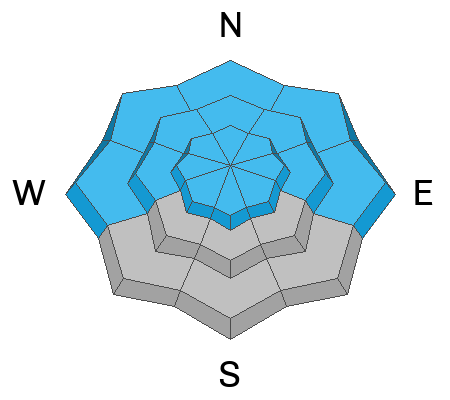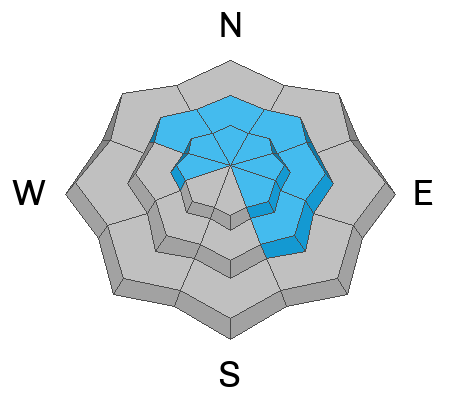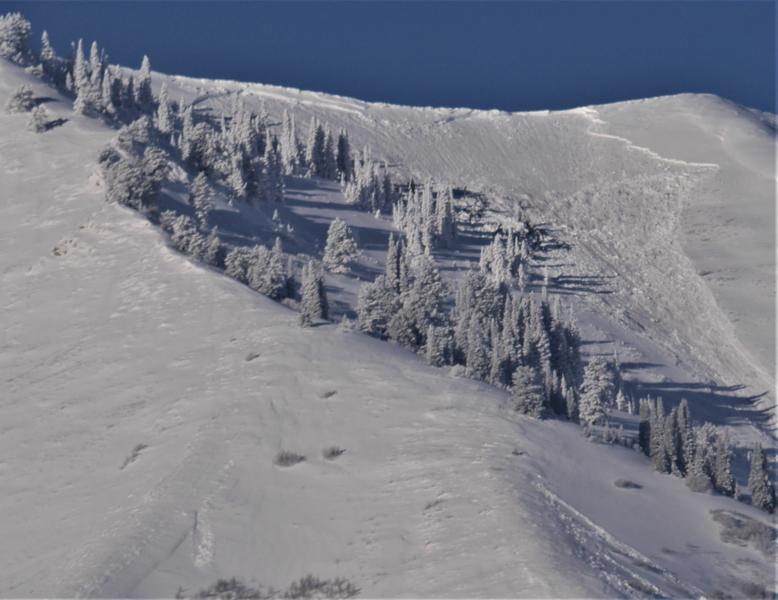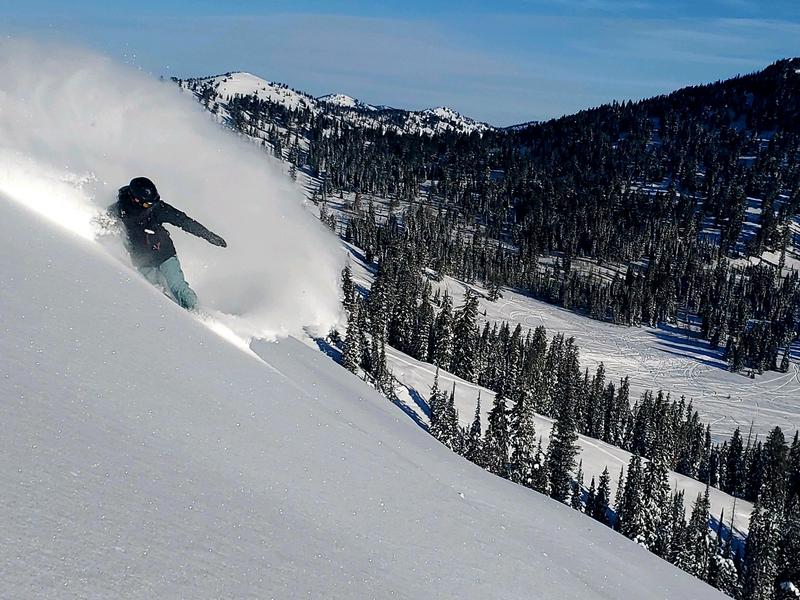Forecast for the Logan Area Mountains

Issued by Toby Weed on
Tuesday morning, December 20, 2022
Tuesday morning, December 20, 2022
Elevated avalanche conditions and MODERATE danger exist in the backcountry. Dangerous avalanches remain possible on many slopes steeper than 30° and might be triggered remotely, from a distance, or below! Heavy snow and drifting from a winter storm will cause rising avalanche danger and increasingly dangerous conditions in the next couple days.
The danger is LOW on southerly facing low and mid elevation slopes, and we've found areas with great powder riding in sheltered areas and in safe lower angled terrain.
Evaluate snow and terrain carefully.
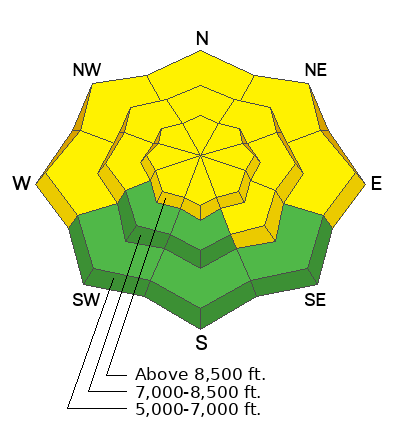
Low
Moderate
Considerable
High
Extreme
Learn how to read the forecast here


